Sometimes people seem very keen on getting precise instructions on how to execute a specific tie (riggers) or how they should feel or act in a specific tie (models). While the attitude of asking questions for clarification is nothing but good – it shows a willingness to learn, develop and prevent mistakes that could cause you or your rope partner harm – there is also a risk that extremely precise questioning can lead to an over-engineered perspective on what rope is and what it should be, which can muddle or overshadow the equally important part of personal interpretation, flexibility, creativity, appropriation and feeling.
Part of the skills that you need to be successful – whatever that may mean – with rope are on the engineering side of things for riggers and models alike. Both parties need knowledge on the nerves in the body of the model and how to react when things go awry, on the physical and mental risks they feel comfortable taking, on what communication style works best for them and on knots/patterns that lead to the safest and most pleasurable way to execute certain ties regarding the body of the model and the tying skills of the rigger. They need adequate baseline knowledge as well as specified knowledge of what works for them in particular.
Yet we should not overlook the feeling and fun side of ropes, and we should perhaps approach that side with a different mindset. In my personal experience that has to do with the heart, sexualities and preferences of the unique people tying together, and they are in constant state of flux. While the engineering side is somewhat fixed and knowledge about it can relatively easily be transmitted and/or practiced, the feeling part easily surprise our partners and ourselves, is more enigmatic and is very difficult (or impossible?) to teach.
For riggers it can generally be easier to overlook the feeling and fun side since their responsibility of tying safely and focusing on rope technique can function as a smokescreen for facing their own feelings and desires. Models can have different smokescreens too; overanalyzing and staying in their heads, or being busy analyzing or absorbing the reactions and emotions of other models around them (in workshops or rope jam spaces) instead of staying close to themselves. Truly trying to be honest with yourself about your feelings can be quite scary and can take a lot of time, trust and patience in my experience.
Let’s not forget that in the end, it is just about you and your rope partner and about sharing something that is valuable or pleasurable to both of you. Having an engineering mindset is good and more than necessary, as long as there is a fair balance with the feeling and fun side of ropes and it does not function as a smokescreen for that.
The most impressive and beautiful rope performances I’ve ever seen have been with riggers who barely seemed to focus on handling their rope; it seemed to flow naturally from their hands, and their focus was mainly on their model. The models also seemed to have little focus on the rope; their focus seemed to be on their bodies and the interaction with their rigger. Rope was a means to create a shared experience desired by both parties and not an end in itself.
As Big Panda asked the Tiny Dragon; which is more important, the journey or the destination? Tiny Dragon’s answer; it’s the company. Let’s keep that in mind when practicing rope.
the Shady Lady | RopeMarks Ryu | RopeMarks

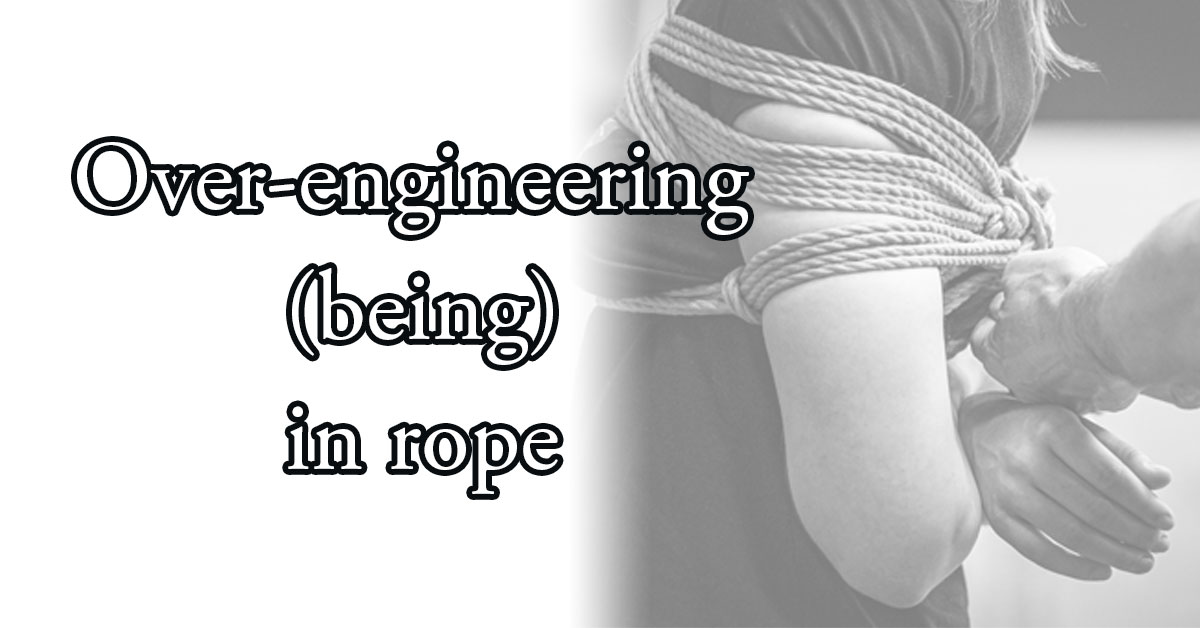
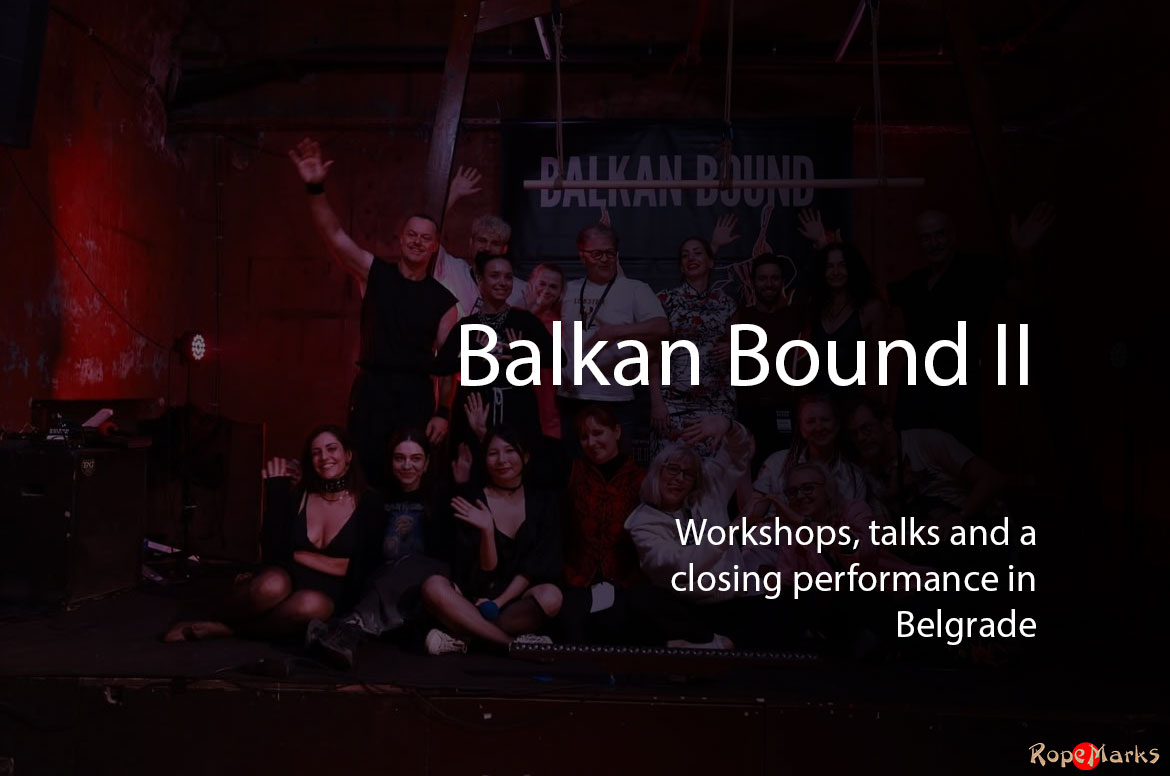
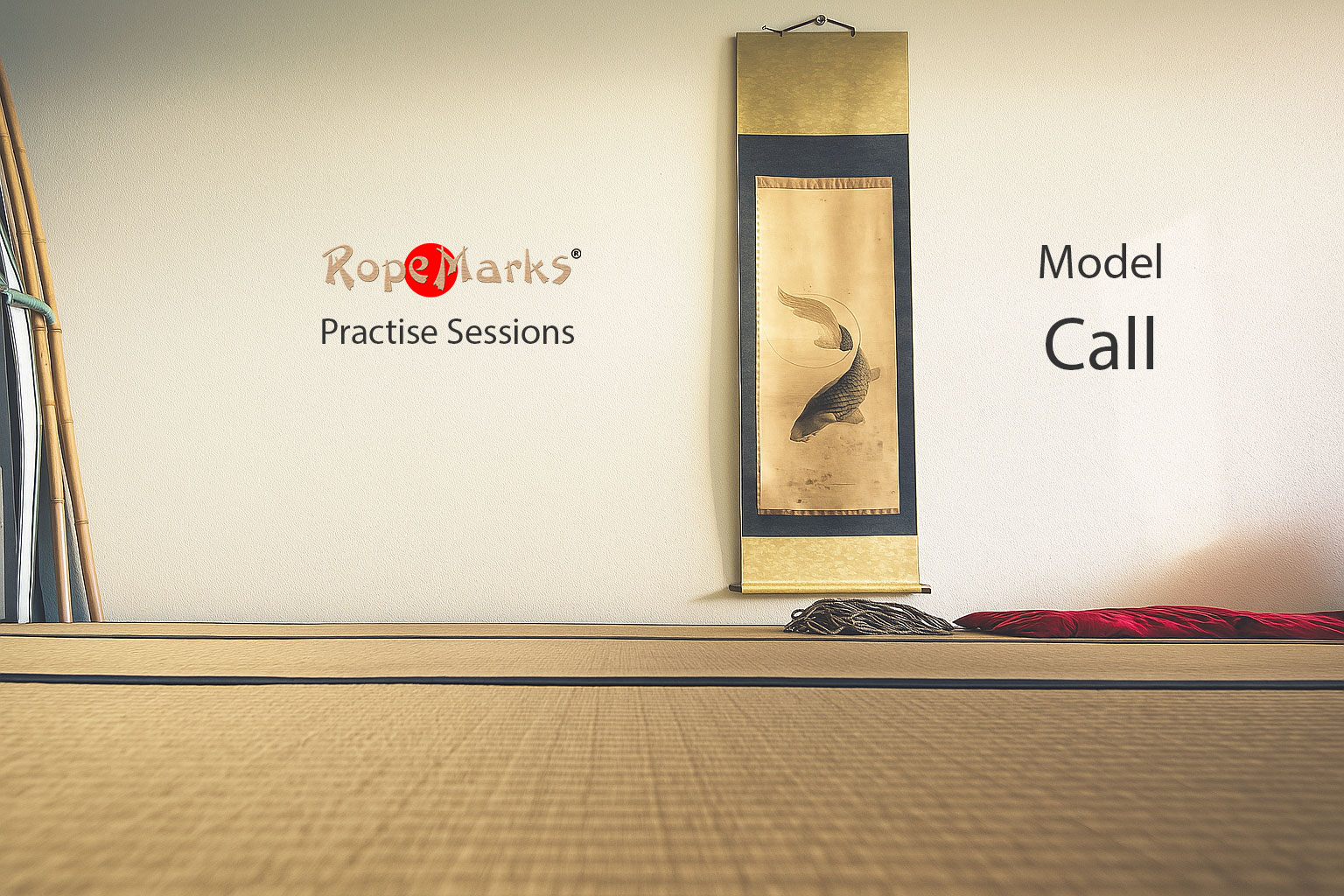
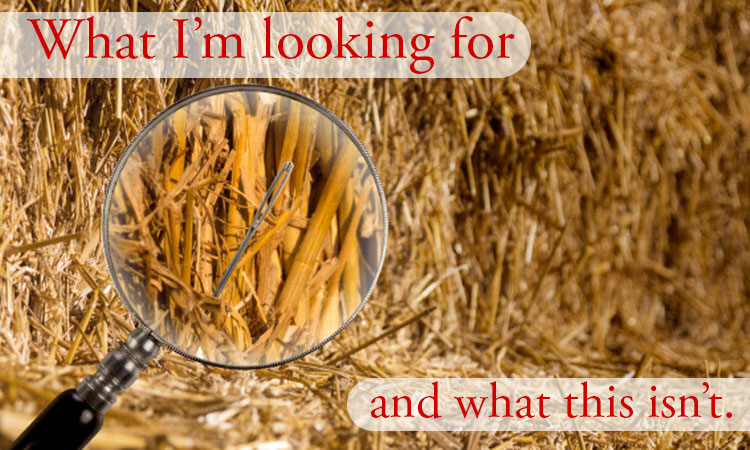
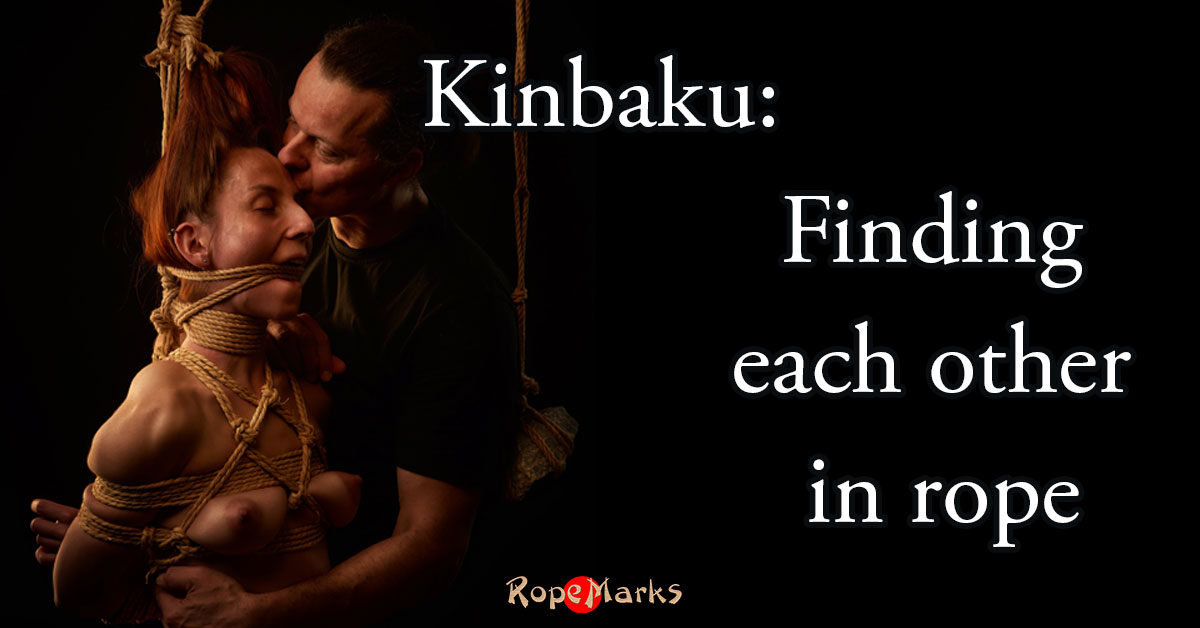






Leave A Comment